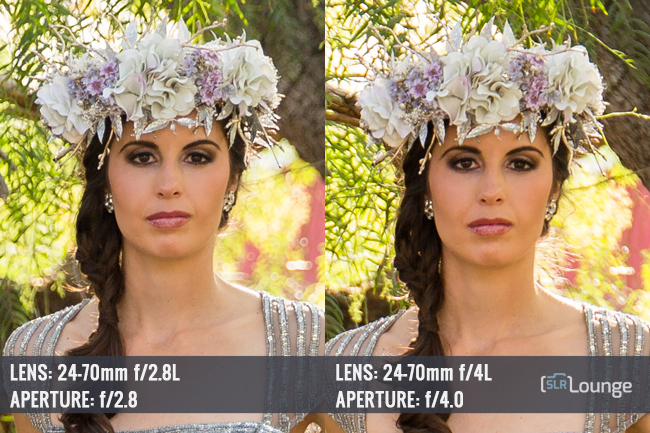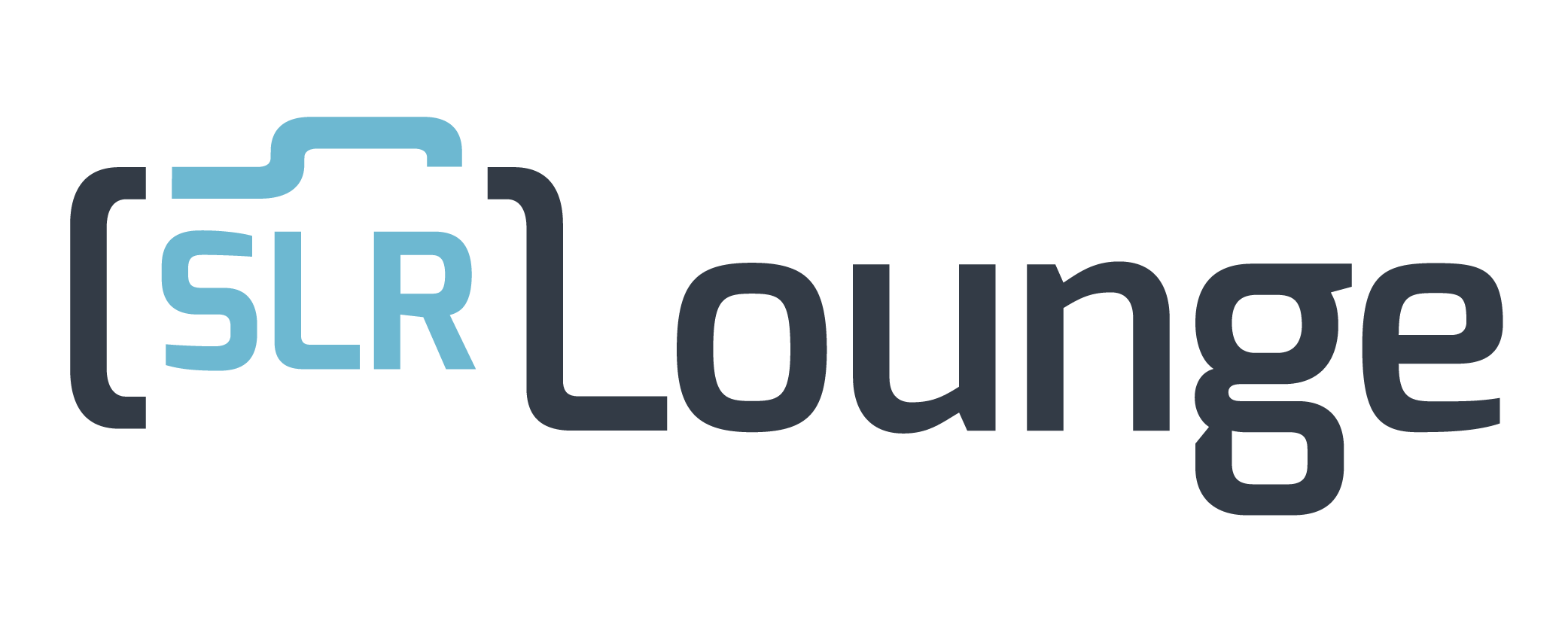Welcome to Part 2 of the 50mm focal range of the SLR Lounge Canon Lens Wars series. We have 7 lenses in this grouping and in the first part we discussed just the Canon 50mm primes. This is part 2 of the 50mm focal length where we are going to compare our zoom lenses at 50mm which include the same 4 zoom lenses we had at our 35mm focal length.
Finally then in Part 3, we will again give our 50mm focal range conclusion.
For those who are new to the Canon Lens Wars series, be sure to check out the SLR Lens Wars teaser video where we introduce the series and our testing methodology and all the other videos on each focal length.
At the end of the 24 and 35mm focal ranges, we ended up with the Canon 24-70mm f/2.8L II being our top choice for overall quality and performance. Let’s see if the same holds true at 50mm.
Watch the 50mm Canon Prime Lens Wars Video
Equipment Used for 50mm Zoom Comparison
- Camera: Canon 5D Mark III
- Tripod: MeFOTO GlobeTrotter Carbon Fiber Tripod
- Remote Trigger: Vello Shutterboss Version II Timer Remote Switch
Canon 50mm Zoom Lenses Tested
Image Quality of 50mm Zoom Lenses at Wide Open Apertures
Let’s start from the top at their Wide Open Apertures (WOA). Once again, this is a visual test of differences, not a technical test. So, we are trying to distinguish differences in appearance while viewing images full screen on a 2.5K Dell U2713HM 27″ IPS monitor.
1. Canon 24-70mm f/2.8L Mark II
So starting with bokeh, we once again expect the Canon 24-70mm f/2.8L II to be our clear winner, and it is. Of the 4 Canon zoom lenses here, it is still the only one that can go down to f/2.8. All of the other lenses, including the 28-300mm f/3.5-5.6L, are at f/4. With the Canon 24-70mm f/2.8, at simply a full screen size we can visually see a clear distinction in background bokeh compared to our other 3 lenses.


2. Canon 24-70mm f/4L IS
Our next best performer in terms of bokeh would be the Canon 24-70mm f/4L. When we compare the space of leaves between the extending trunks towards the left side of the frame, we can see that the 24-70mm f/2.8L II allows the background to fall fully out of focus, making a really beautiful and pleasing bokeh. The 24-70 f/4 is slightly blurry in this area, but trails the 24-70mm f/2.8L II

3. Canon 24-105mm f/4L
The Canon 24-105mm f/4L does have a little more bokeh than the 24-70 f/4, but not as much as the 24-70mm f/2.8L II.

4. Canon 28-300mm f/3.5-5.6L
Finally, the Canon 28-300mm f/3.5-5.6L’s bokeh in this area appears almost fully in focus.
Even at its wide open aperture of f/4 at this focal length, this lens can’t produce similar amounts of bokeh compared to the others.

Detail Comparison at Wide Open Apertures
When zoomed out, don’t see too much of a difference in image sharpness between these four lenses. The 24-70mm f/4L and the 24-70mm f/2.8L II may appear to be a little crisper, but it is tough to really tell without zooming in.


Once zoomed in, the difference in sharpness between the 24-70mm f/2.8L II and the 24-70mm f/4L is still fairly minimal. With both images from each of the 24-70s side by side, the center areas of the frame look pretty much identical in terms of sharpness.

But compared to the 24-70 lenses, the Canon 24-105mm f/4L and 28-300mm f/3.5-5.6L are a step behind in sharpness as can be seen below.

However, when extending out from the center to the edges of the frame to the right of the model, it becomes easy to see in the detail of the bark that the 24-70mm f/2.8L II even at a lower aperture of f/2.8 is sharper at the edges than the 24-70mm f/4L .

But again, unless you are pixel peeping, these four lenses do a solid job at resolving detail at wide open apertures.
Color & Contrast Comparison of Canon Lenses at Wide Open Apertures
In terms of color and contrast when shooting wide open, the Canon 24-70mm f/2.8L II is still the clear cut winner from a visual comparison, while the 24-70mm f/4L is a close second.

As for the other two lenses, I prefer the Canon 28-300mm over the 24-105mm whose color rendition is slightly more washed out.

Bokeh Comparison at Widest Common Aperture
Surprisingly, when we compare the four Canon zoom lenses at their Widest Common Aperture (WCA) of f/4, the Canon 24-70mm f/2.8L II clearly renders the most pleasing bokeh compared the other lenses. We had expected to see a little more bokeh on the 24-70 II, but not as much as we found at their WCA of f/4.


Bokeh Comparison of Lenses at f/5.6
As we step up to f/5.6 the bokeh differences between the lenses closes a bit. Nevertheless, the 24-70mm f/2.8L II once again still has much better background bokeh than the other lenses.


Image Quality Comparison of Lenses at f/5.6
Even with a slight flare coming in from the top of the tree, the 24-70mm f/2.8L II still maintain excellent sharpness and contrast.

But I still love the look of the 24-70mm f/4L and the 28-300mm as well. At f/5.6, their center sharpness and image quality is on par with the 24-70mm f/2.8L II.

Finally, when we compare sharpness at the edge of the image, again the 24-70mm f/2.8L II still takes the cake compared to all of the other lenses as well, particularly noticeable when we look at the detail of the tree bark.


Final Conclusion for Canon Zoom Lenses at 50mm
So, between these four Canon zoom lenses at 50mm we arrive at the same outcome as we did with our 35mm Canon zoom lenses shoot.
The Best All-Around Zoom Lens at 50mm in Terms of Quality

For overall best performance, the Canon 24-70mm f/2.8L II is still the best option in the 50mm focal range. This lens has the best aesthetic image quality, the sharpest image, and the best low light performance.
From 24mm to 35mm, and to now 50mm, think we will see that the 24-70mm f/2.8 is going to be the go-to-lens when you are not trying to smush the background completely into bokeh-de-beppo with a prime like the Canon 50mm f/1.2L.
Of course, there is a price premium to all of this performance, and the 24-70mm f/2.8 is the second most expensive at over $2,299. Unfortunately, the lens still does not come with image stabilization even at that price.
The Best Alternative Zoom Lens at 50mm

The Canon 24-70mm f/4L is not that far behind the Canon 24-70mm f/2.8 in regards to image quality and makes a great alternative. Additionally, if you need image stabilization particularly for video, the 24-70mm f/4L is your best option, and it is only $1,499.
Of course, compared to its more expensive f/2.8 brother, you are sacrificing an extra stop of low light, the additional bokeh, some sharpness, and overall color and image quality.
The Most Versatile Zoom Lens at 50mm, With a Catch

In regards to focal range, the most versatile lens in the group is definitely the $2,689 Canon 28-300mm f/3.5-5.6L. It is a “jack-of-all trades” lens, so while it does do a lot of things pretty well, it does not excel in any one area outside of its crazy broad focal range.
This sheer focal length ability allows you to go from 28mm, which is generally wide enough on a full frame camera, all the way to 300 mm, which is pretty awesome as a telephoto lens.
Another positive note is that the 28-300mm f/3.5-5.6L does have image stabilization. All-in-all, this lens gives you a versatile “one-lens” setup.
Where you compromise is its aperture, which closes down from f/3.5 to f/5.6 as you zoom towards 300mm. This “slow” aperture range is also not so great in terms of low light situations.
The Lens We Will Avoid

Once again, the Canon 24-105mm f/4L is last in terms of overall performance and image quality. I’m not saying it is a bad lens. It is just not quite as good as the other three zoom lenses.
Its focal range is not as versatile as the Canon 28-300mm f/3.5-5.6L. It doesn’t have the low-light capability or create the same amount and quality of bokeh aesthetics as the Canon 24-70mm f/2.8L Mark II.
Despite having a shorter focal range, the Canon 24-70mm f/4L possesses better image quality and is only a little bit more expensive. Given the choice, I would go for the $1,499 Canon 24-70mm f/4L over the $1,149 Canon 24-105mm f/4L.
I hope you enjoyed this 50mm focal length installment in the SLR Lounge Canon Lens Wars series. We will be wrapping up the 50mm series by comparing the best Canon 50mm primes and the best zoom lenses that cover the 50mm focal length.
Stay tuned and in the mean time, be sure to check out the rest of the SLR Lounge Canon Lens Wars series.
Subscribe for more Tutorials
Click here to view our SLR Lounge Youtube Page.













